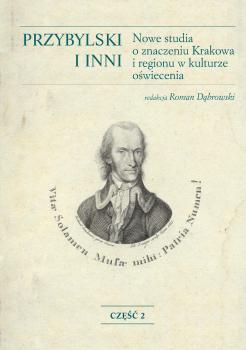Krakowiacy i Górale, Krakowiacy i Cyganie oraz „krakowiak w swojej postaci”: literacko-muzyczne transformacje .......... 143
Synopsis
CRACOVIANS AND HIGHLANDERS, CRACOVIANS AND GYPSIES AND “CRACOVIAN IN IT’S SHAPE”: LITERARY AND MUSICAL TRANSFORMATIONS
The author is interested in the process of stereotyping and conventionalisation of references to Krakow’s folklore taking place in the Polish literary and musical culture of the Enlightenment and Romanticism. The work focuses on the figure of Krakowiak [‘the Cracovian’, ‘inhabitant of Kraków’] as the protagonist of vocal and vocal-instrumental musical pieces, as well as a product of folk culture. In the given period, not only the figure of the “Cracovian” happened to function, on a pars pro toto basis, as the symbol of a Polish patriot – krakowiak [‘the cracovian’] was also a synecdoche of Polish folk song in general, especially the one in the form of a chant. Agata Seweryn focuses primarily on the dichotomy shaping the Enlightenment-Romantic vision of Krakow folklore, which in the general cultural reception began to inextricably combine the national with the ludic and carnival tradition. This dichotomy had certain significant consequences: both the “Cracovian” and “cracovian” were described using the elevated style, referring to historical events related primarily to the Kościuszko Uprising, as well as recalling the “low” ludic tradition and the obscene elements contained in the popular anonymous volume Krakowiak w swojej postaci, czyli śpiewki wiejskie krakowskie [Krakowiak in it’s shape, or folk songs of Krakow] (1754). Thus, the work proves that the reception of Krakow’s folklore is inscribed with a deep ambivalence, the roots of which go back to the times of the Enlightenment.





